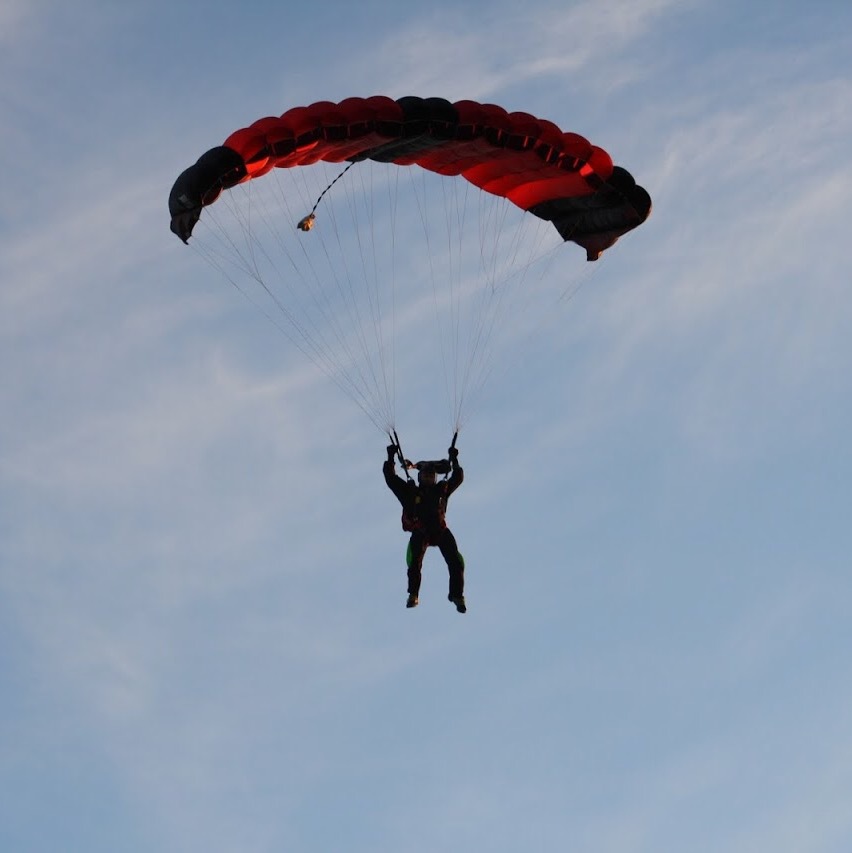Recommended Posts
mcordell 2
Quotei'll ask again..... i guess sandy reid's book holds no clout, then? and isn't the written exam based on this book? and wasn't it APPROVED by the faa (my copy sure was)? it clearly says in this handbook that a senior rigger can replace main lines.
wait, wait.... is this one of these grey areas?
also- i'd like to know where the line is drawn (since we're drawing them) between a repair and an alteration... b/c it seems to me that it is a fairly subjective argument here. a patch could effect the airworthiness of a main, yet a sr rigger can patch a canopy. replacing control lines can also- again, senior rigger are qualified.
i guess what i'm saying here is that as a group, we need a set of rules to go by. the faa writes these rules. there is a portion of subjectivity in all rules.
masterrigger- why so cut and dry on the line set replacement? why are there so many that disagree with you? i'd like to know exactly where is says that a line set replacement can be done only by a master rigger. *i have only been rigging for about 4 yrs, so i'm totally open to being schooled here- but i want to know that what you're saying is FACT, not interpretation.
and whether or not there is a contract out for a new manuel, the parachute rigger's handbook is the one being used currently (and much easier to interpret than poynter, imo).
I guess I'm confused on one point here....what difference does it make who does what on a main if it isn't TSO'd. Repairs and alterations are not required to be documented on mains correct? The main canopy is not required to be TSO'd correct? The regulation says you have to have two parachutes, one of which must be certificated and packed by a rigger right? I understand repairs and alterations to the container and reserve fall under the FAA regulation but I was under the impression the FAA didn't really give much of a shit about the main, so long as there is one. Am I wrong about this? And before anyone jumps all over me, I really am wondering and wanting a real answer.




wait, wait.... is this one of these grey areas?
also- i'd like to know where the line is drawn (since we're drawing them) between a repair and an alteration... b/c it seems to me that it is a fairly subjective argument here. a patch could effect the airworthiness of a main, yet a sr rigger can patch a canopy. replacing control lines can also- again, senior rigger are qualified.
i guess what i'm saying here is that as a group, we need a set of rules to go by. the faa writes these rules. there is a portion of subjectivity in all rules.
masterrigger- why so cut and dry on the line set replacement? why are there so many that disagree with you? i'd like to know exactly where is says that a line set replacement can be done only by a master rigger. *i have only been rigging for about 4 yrs, so i'm totally open to being schooled here- but i want to know that what you're saying is FACT, not interpretation.
and whether or not there is a contract out for a new manuel, the parachute rigger's handbook is the one being used currently (and much easier to interpret than poynter, imo).
Share this post
Link to post
Share on other sites